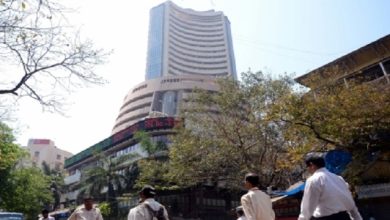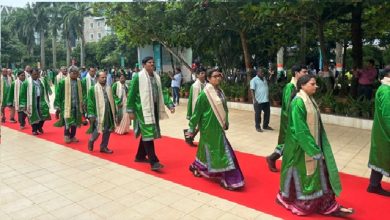Punjab: Sedentary lifestyle is the reason behind increase in back pain among youth

Punjab: In an interview with Avneet Kaur, Dr Pankaj Trivedi, endoscopic brain and spine surgeon at Spine Masters Unit, Vasal Hospital, shed light on the concerning rise in back pain among young people. He attributed this trend to sedentary lifestyles, poor posture and obesity, while also highlighting the latest treatment options, including minimally invasive endoscopic spine surgery, which allows patients to recover faster with fewer complications.
What are the primary reasons for the increasing incidence of back pain among young people today?
Spine-related issues are becoming alarmingly common among the younger generation, largely due to modern sedentary lifestyles. Dr Trivedi pointed out that excessive sitting—often at desks or in front of screens—has become a routine for many, leading to what he termed a “table culture.” This, along with poor posture and rising obesity rates, is contributing to early degeneration of the spine. The result is back pain, leg pain and even mobility issues in people who are otherwise young and active. He added that, given current lifestyle habits, nearly everyone is likely to experience back pain at some point in their lives.
How does endoscopic spine surgery differ from traditional spine surgery and what makes it a preferred choice for patients? Endoscopic spine surgery has brought a significant shift in how spinal conditions are treated. Unlike traditional open surgeries, this technique is minimally invasive, requiring smaller incisions and causing less trauma to surrounding tissues. Most procedures are performed under local anaesthesia while the patient is awake, allowing for faster recovery. Patients are usually discharged within 24 hours and can return to normal activities soon after. In contrast, conventional surgery involves more tissue disruption, longer hospital stays, and a higher risk of complications. Given its quicker recovery and lower overall impact, endoscopic surgery is now widely preferred.
What are the latest advancements in spine treatment, including non-surgical and minimally invasive options?
Recent advancements in spine treatment include the use of neuronavigational systems, robotic-assisted surgery, and virtual reality tools, all of which enhance precision and safety. These technologies allow surgeons to operate with greater accuracy and minimal risk. Dr Trivedi noted that spine surgery today covers the entire spinal column, from the craniovertebral junction to the coccyx, and is now considered a distinct super-specialty.
What lifestyle changes or preventive measures do you recommend to young individuals to reduce the risk of chronic back pain? Maintaining good posture and a healthy body weight is crucial in preventing spinal issues. Dr Trivedi advised that people should avoid staying in the same position for more than an hour and engage in regular physical activity to keep the spine flexible and muscles strong. He suggested a simple guideline: a person’s weight in kilograms should be roughly equal to their height in centimetres minus 100. He emphasised that active lifestyles and outdoor activities are essential for long-term spinal health.





